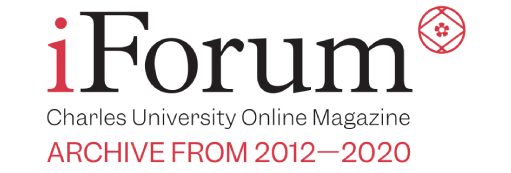Charles University multimedia project commemorates Jan Palach’s legacy
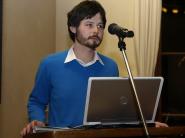

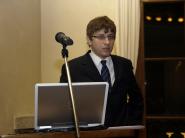
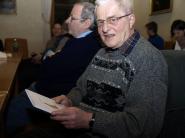
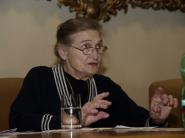
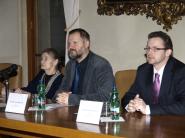
17 January 2012
January 17, 2012; By: Helena Stinglová; Section: i-Forum informs
Jan Palach, Ryszard Siwiec and Sándor Bauer – a few of those who sacrificed their lives on behalf of their country or conviction. Their stories and those of other “living torches” are presented in a Charles University multimedia project. The website www.janpalach.eu was launched on January 16, 2012, precisely on the day of the 43rd anniversary of Jan Palach’s self-immolation.
“Following the recent anthology ‘Jan Palach ‘69’ and an eponymous exhibition, the internet portal launched today is both a testimony and a legacy of the past – and also a proof that we are able to reflect values transcending the limits of reality distorted by totalitarianism, to understand their meaning and significance because they still talk to us today. I extend my thanks on behalf of Charles University to all those who stood at the birth of this project, who participated in its completion and besides a historical testimony on what we were, testify as to what we are now. This is truthful evidence worthy of the current Charles University academic environment. It is a testimony about [Palach] but in fact about us as well!” Those were the words of Charles University Rector Prof. RNDr. Václav Hampl, DrSc., on the occasion of the launching of the project.
“Some people never leave. Some thoughts, ideas and deeds are not devoured by flame! This is also what this portal testifies to. But is also speaks about the fact that it’s not only important how [Palach] died but mainly why, in the name of what and for the sake of what he had lived. And how we shall live vis-?-vis our and his conscience. In this we should see the transcendence of his story and his deed which was an act of hope rather than despair, an act of faith rather than hopelessness – and act of a pure and free human being who tells us to be that as well,” the Rector pointed out.
The project was created under the auspices of the Polish film director Agnieszka Holland. Other participants included historian PhDr. Petr Blažek, Ph.D., from the Institute for the Study of Totalitarian Regimes, journalist Patrik Eichler, and Faculty of Arts student Michal Ježek. The internet site is available in the Czech, English and Polish languages. Besides period photographs, texts and biographies of Jan Palach and nine other people who sacrificed their lives on behalf of a higher principle, visitors can also view television and film documentaries and listen to radio documentary programmes.
Among the speakers at the presentation was also the Knight of the Czech Medical Profession MUDr. Radana Königová, CSc., from the Burns Department of the 3rd Faculty of Medicine who treated Jan Palach along with doc. MUDr. Jaroslava Moserová, DrSc.
According to Prof. Königová his injuries were so severe that he probably wouldn’t be saved even by contemporary medicine. “Palach was mentally healthy,” she said commenting on the results of various tests Palach underwent after his act. After he doused himself with petrol outside the National Museum building and set himself on fire, he lived for another three days. Because his head was not injured he could speak to doctors and undergo tests which proved he acted on his own will.
Monday’s presentation of the multimedia project was also attended by Hubert Bystřičan, one of Jan Palach’s friends. “I learned about his act from television. On the following day I received a postcard from him which said: ‘Your Hus is greeting you.’ It was hard,” Hubert Bystřičan told i-Forum.
